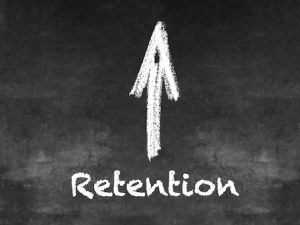
The Best Role for Marketing During a Crisis
As each day unfolds, new measures are being introduced to protect the health and safety of the general public. This is clearly the highest priority for the nation, and we should all heed the call and do our part as best we can.
At the same time, business leaders must be concerned with the health of their business for the benefit of their employees and customers. One option is to hunker down, but that is easier said than done for most businesses. It’s critically important to have an interim operating strategy and position the business for rapid recovery in the months after the outbreak is contained.
I’ve been getting this question from every one of my clients. So, I’d like to share some recommendations I offer for the best role for marketing during the public health crisis:
1. Regular communications with customers and business partners
It’s a good idea to inform your customers and partners about your operating status during the crisis and prepare them for any impact on the use of your products or services. If you’re able to continue operating, then reassure them. If not, itemize the steps you’re taking to resume normal operations so they can stay informed and be prepared. A recurring email or newsletter is a good way to do this.
2. Webinars for new business development
Ideally, your sales funnel should continue to be replenished with new opportunities. It’s the fuel your business needs to operate and the best way to minimize any long-term revenue impact. In the absence of face-to-face meetings, lean on the use of webinars and video conferencing to engage the marketplace. Use any extra cycles you have from business downtime to create new digital assets to tell your story online.
3. Website enhancements to optimize inbound marketing
Re-assess and optimize your website for inbound marketing. Future customers need to find you and learn about your offerings. Buyers will use the Internet like never before to source products and services both during and after the crisis. Focus on your website content. Replicate the storytelling normally used by your outside sales team with digital assets like case studies and video testimonials.
4. The use of social media to optimize outbound marketing
LinkedIn is an excellent vehicle to engage with customers and prospects. Focus on the most appropriate buyer segments during the downturn and deliver an appropriate message about your ability to address their needs. Don’t sell. Share educational content that informs potential buyers about ways your business can be of service in these uncertain times.
5. Re-assess and potentially re-focus your target markets
Identify market segments that offer the best opportunities and are least impacted by the crisis. Carefully think this through. You might be tempted to avoid marketing campaigns targeting the travel, entertainment and hospitality industries in the short term. On the other hand, you may want to serve these markets during the crisis in some way and be fully prepared for a future recovery.
Having a marketing game plan for economic downturn and recovery is a smart move. It’s in the interest of your business and its employees. It’s also important for current and future customers. As we all adjust to the new normal, the role of marketing can and should be an important part of your ongoing business strategy. We’re all in this situation together and it’s helpful to share ideas we can all use to minimize the impact of the crisis. If you have additional insights or suggestions, please send me your comments.




